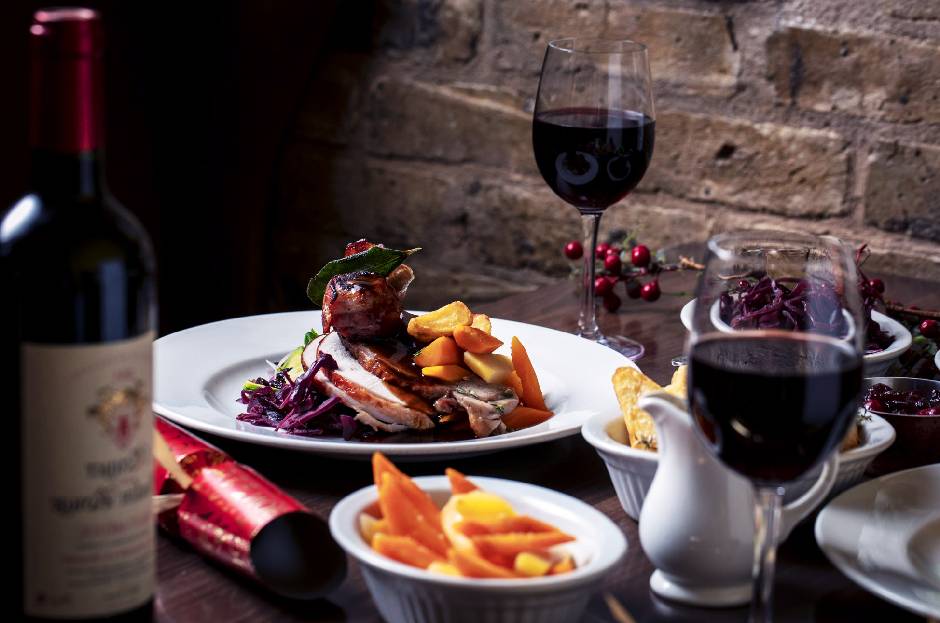How to Pair Wine and Food Perfectly
Pairing wine and food is a skill that can enhance any dining experience. Whether you’re a connoisseur of wine or just enjoy good food, understanding the basics of wine and food pairing can take your meals to a whole new level.
The key to successful wine and food pairing lies in balancing the flavors of both the food and the wine. The general rule is that the wine should complement, rather than overpower, the flavors of the dish.
Tips for Perfect Wine and Food Matches
There are a few basic principles to keep in mind when pairing wine and food:
- Acidity: Wines with high acidity pair well with foods that are also acidic, such as tomato-based dishes and salads. This is because the acidity in the wine can help cut through the richness of the food, balancing the flavors and making the meal more enjoyable.
- Tannins: Tannins are found in red wines and provide a bitter, astringent taste. Tannic wines pair well with fatty and rich foods, such as steak, because the tannins help to cut through the fat, balancing the flavors and leaving a clean finish in the mouth.
- Sweetness: Sweet wines pair well with spicy foods, such as Thai and Indian cuisine. The sweetness of the wine can help to counterbalance the heat of the food, creating a harmonious balance of flavors.
- Flavor intensity: Matching the intensity of the wine with the intensity of the food is another key principle of wine and food pairing. Light-bodied wines, such as Pinot Noir, pair well with delicate foods like fish or chicken, while full-bodied wines, such as Cabernet Sauvignon, pair well with hearty dishes like beef or lamb.
When pairing wine and food, it’s important to consider the dominant flavor of the dish. For example, if you’re serving a dish with a dominant herb, such as rosemary or basil, you’ll want to choose a wine that complements that herb. Similarly, if you’re serving a dish with a dominant sauce, such as a creamy Alfredo sauce, you’ll want to choose a wine that balances the richness of the sauce.
Wine and Food Pairing Basics
Here are some general guidelines for pairing wine with different types of food:
- White wine pairs well with fish, chicken, salads, and light pasta dishes.
- Red wine pairs well with red meat, pork, hearty pasta dishes, and strong-flavored cheeses.
- Sparkling wine pairs well with appetizers, oysters, and seafood.
- Rosé pairs well with light appetizers, salads, and seafood.
By keeping in mind the basic principles of wine and food pairing, and experimenting with different pairings, you can create a dining experience that is both delicious and memorable.

Ideas for matching dishes and wines
In addition to these guidelines, it’s always a good idea to experiment with different pairings to find what works best for your palate. Keep in mind that the best pairing is one that you enjoy, so don’t be afraid to try new things and find what works for you.
- Grilled salmon with lemon butter sauce: Grilled salmon is a flavorful and healthy dish that pairs well with a crisp, acidic white wine such as Sauvignon Blanc or Pinot Grigio. These wines have a high acidity that complements the lemon butter sauce and cuts through the richness of the salmon.
- Spaghetti carbonara: Spaghetti carbonara is a classic Italian dish made with pancetta, eggs, and Parmesan cheese. This dish pairs well with a medium-bodied red wine such as Chianti or Sangiovese. These wines have a good amount of acidity and tannins that balance the creaminess of the carbonara and complement the saltiness of the pancetta.
- Beef tenderloin with mushroom sauce: Beef tenderloin is a luxurious and flavorful cut of meat that pairs well with a full-bodied red wine such as Cabernet Sauvignon or Merlot. These wines have a high tannin content that cuts through the richness of the beef and complements the earthiness of the mushroom sauce.
- Vegetable stir-fry with tofu: Vegetable stir-fry with tofu is a healthy and flavorful vegetarian dish that pairs well with a light-bodied white wine such as Riesling or Pinot Grigio. These wines have a high acidity that complements the flavors of the vegetables and tofu, while their sweetness balances the spiciness of the dish.
Pairing wine and food can be a fun and rewarding experience. By understanding the basic principles of wine and food pairing, and experimenting with different pairings, you can create a dining experience that is both delicious and memorable. Whether you’re hosting a dinner party or just enjoying a meal with family and friends, pairing wine and food is a great way to enhance your culinary experience.

